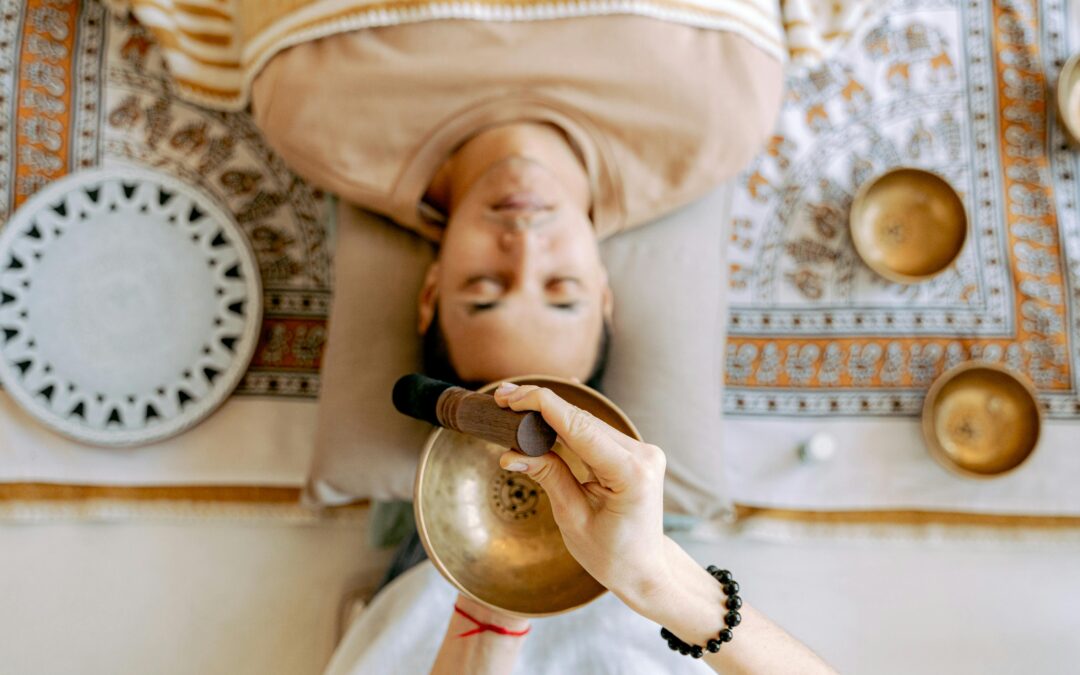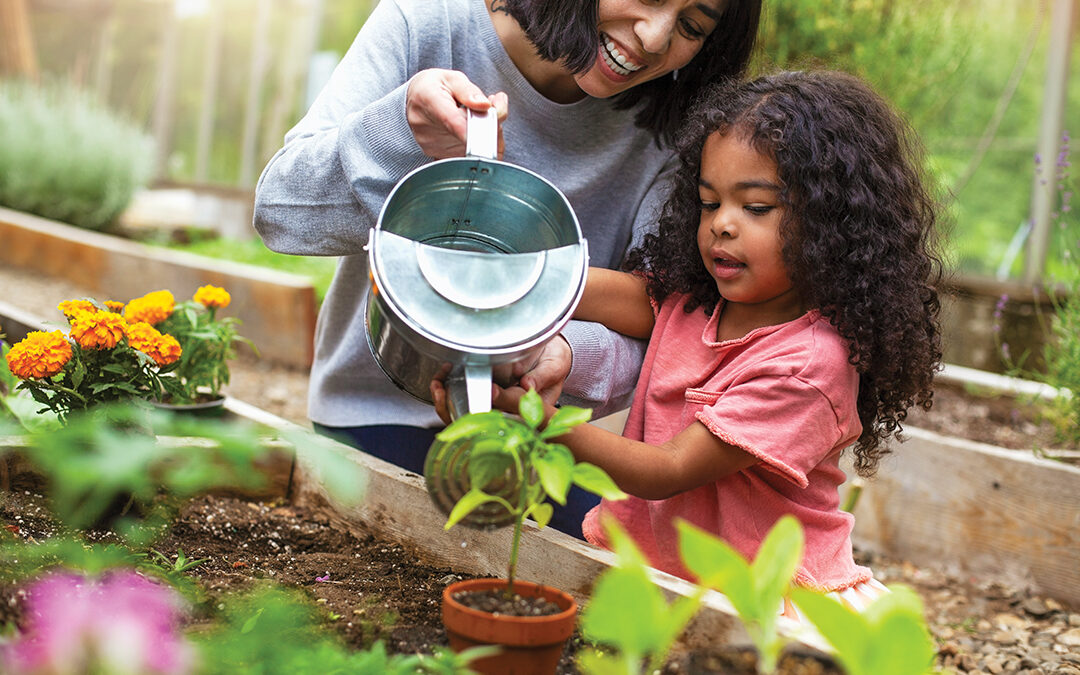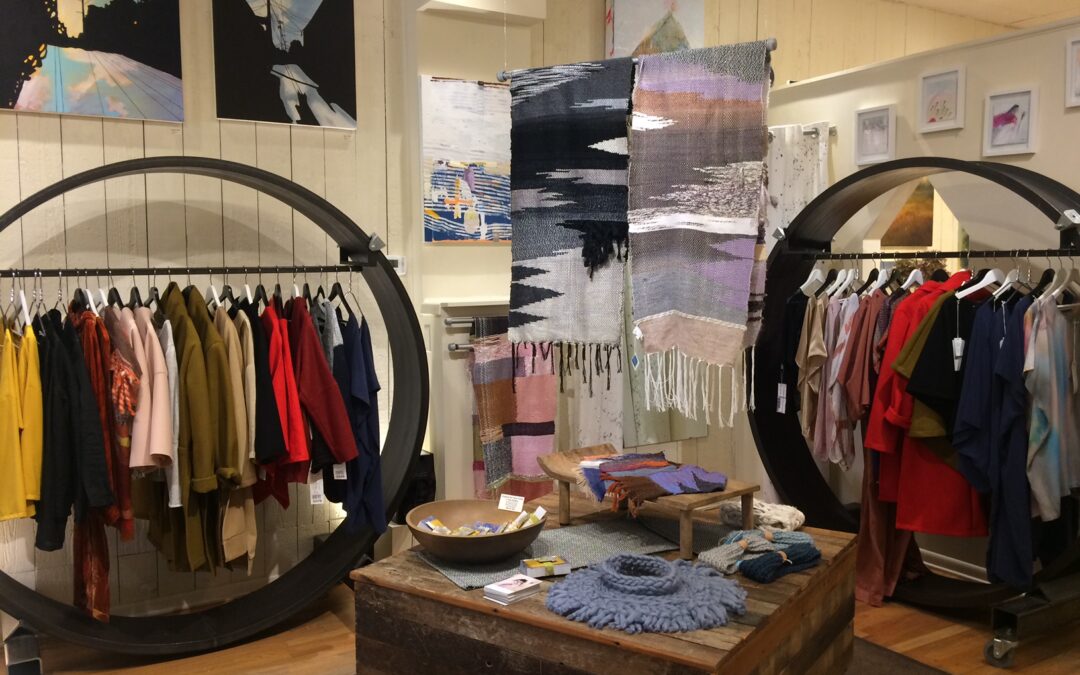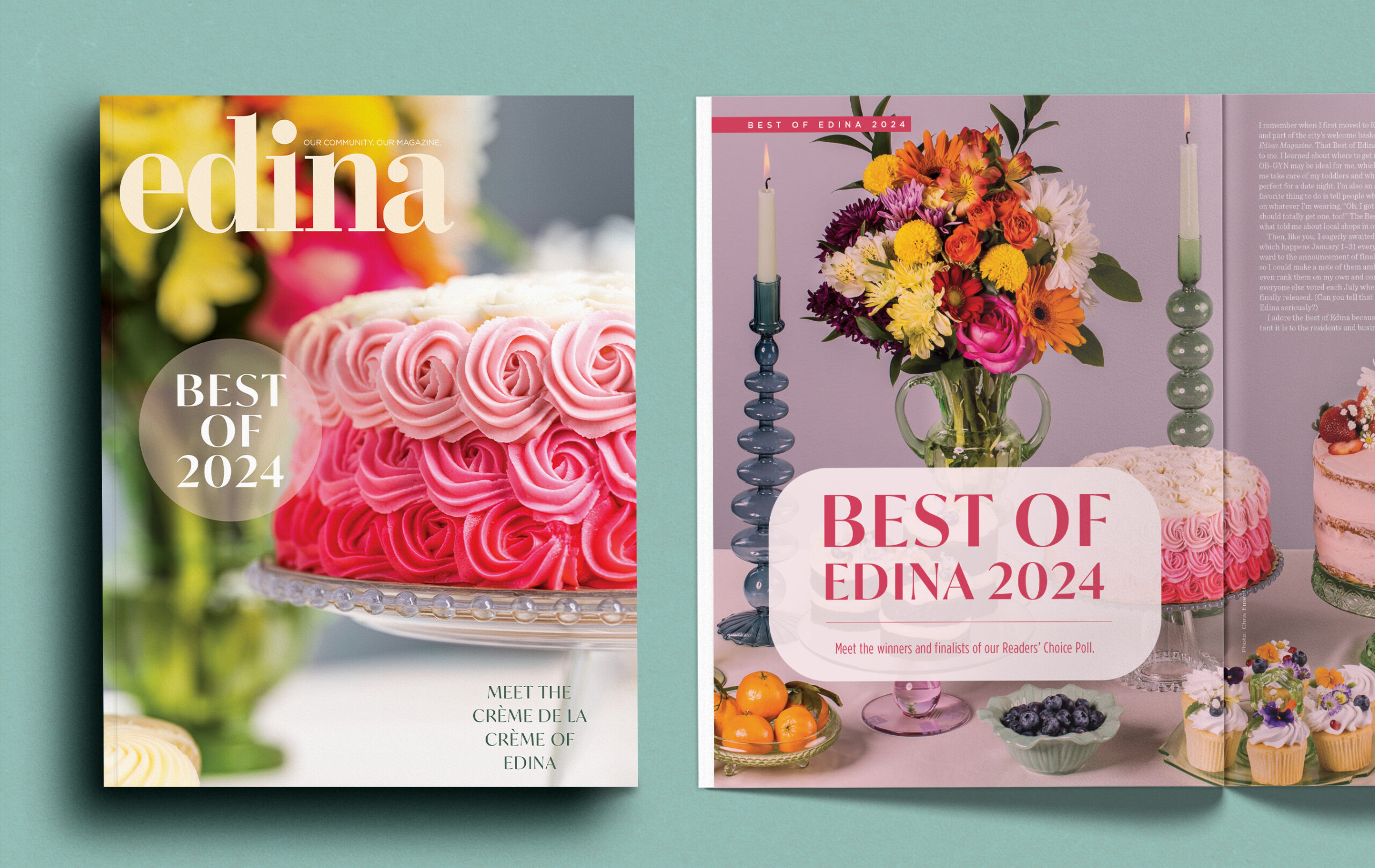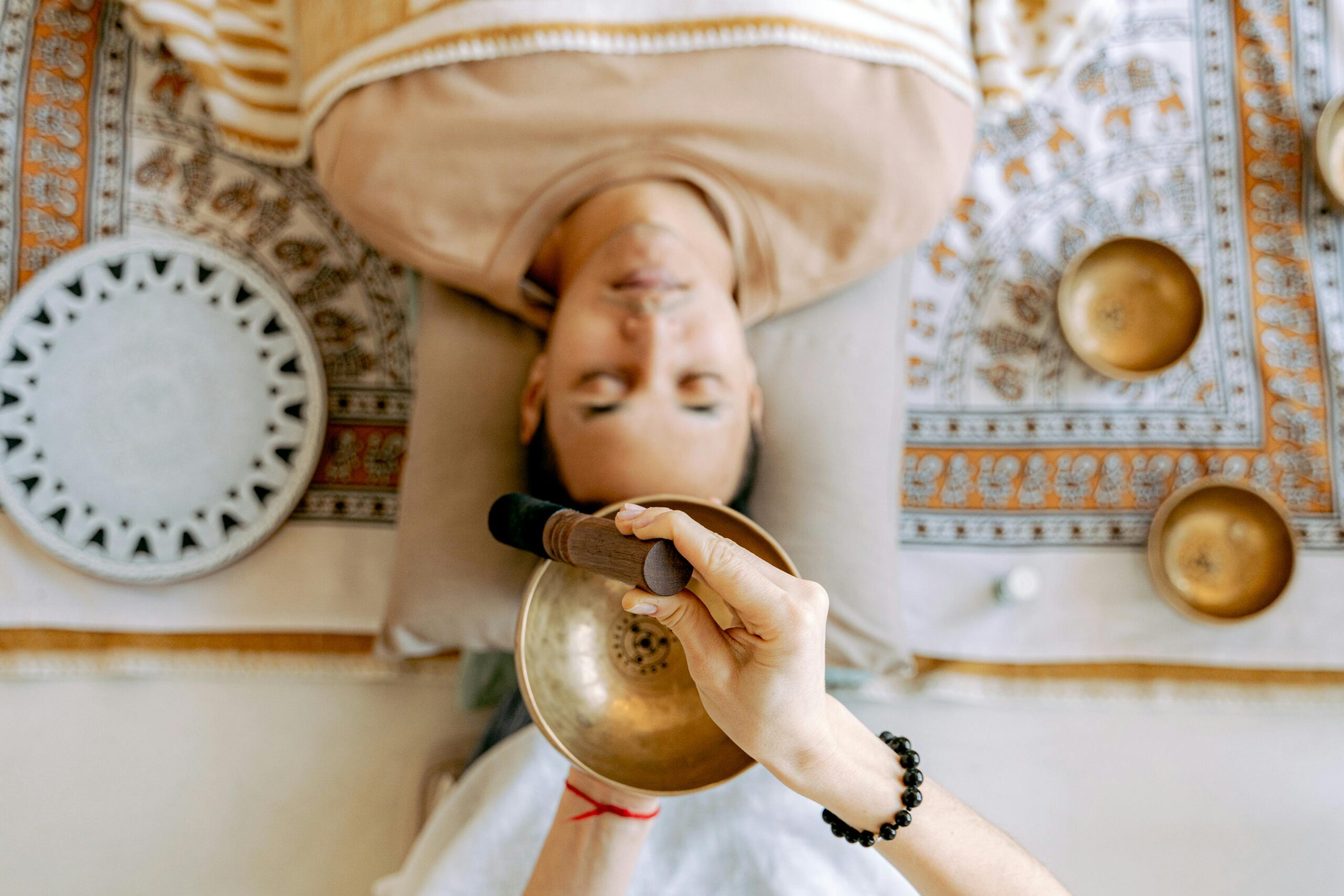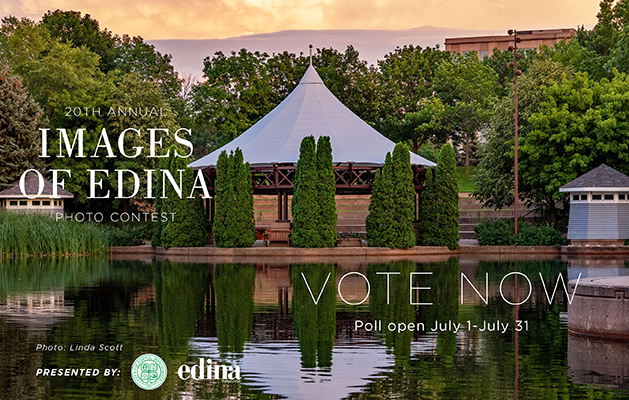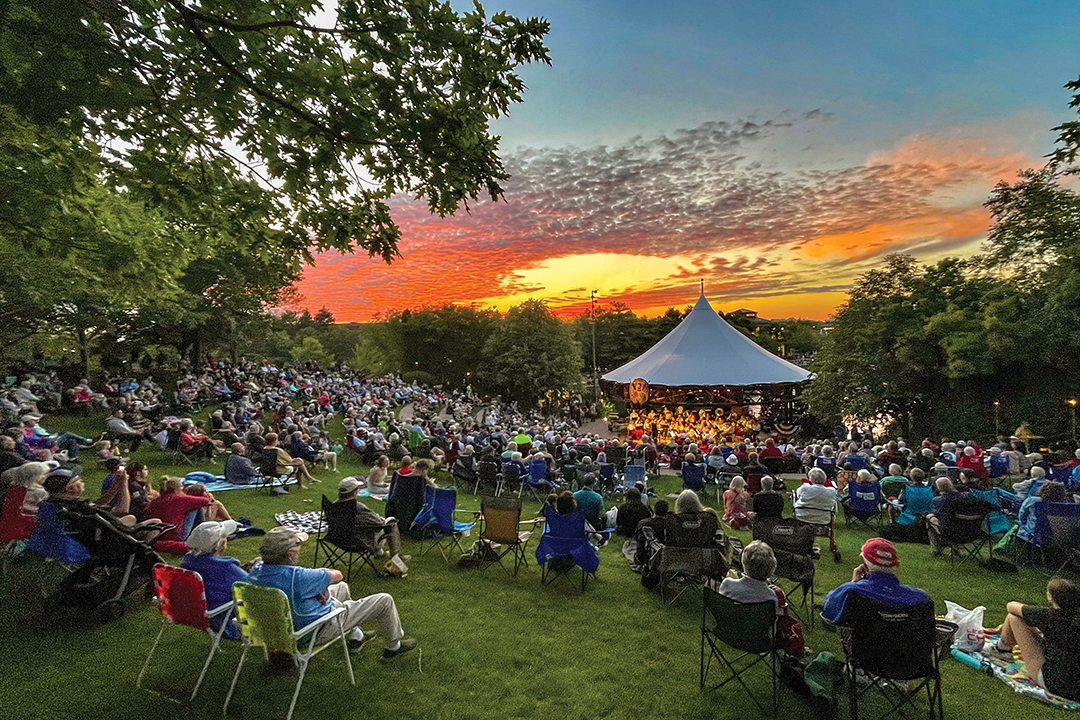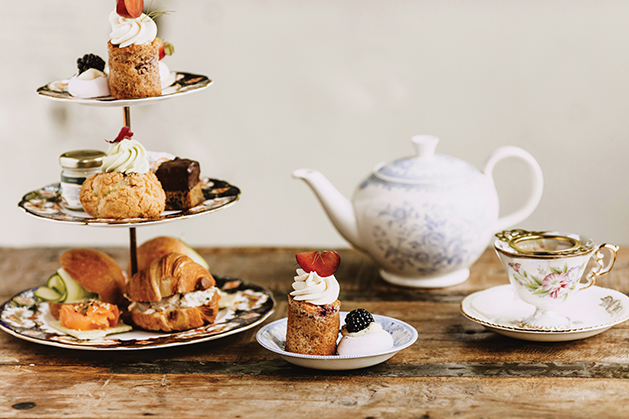
Photo: Matt Lien
Dig into the ritual and history of afternoon tea.
As a lifelong anglophile, I find the goings-on of the British royals so interesting. (The pageantry! The rules and regulations! The fashion! The drama!) But it’s not just the royals that intrigue me—it’s the culture that’s so much more steeped in tradition than our own. One of these traditions I love the most? The ritual of teatime.
In the British show, Call the Midwife, the characters are always unwinding from a long day or recovering from a traumatic event with a cup of tea and some cake. I love that—the comfort you can find in the ritual of slowing down for a hot drink and something sweet.
It’s human nature to turn to rituals. These repeated acts and traditions can offer a sense of control in the midst of a day that feels out of control. They can also help us carve out a time to pause and focus solely on that ritual, grounding ourselves in the present moment.
In an article by Psychology Today titled, “The Transformative Power of Engaging in a Ritual,” the author Caitlin O’Connell, Ph.D., writes that practicing rituals “alerts our minds to an unusual stimulus that requires focus, activating areas of the brain like the amygdala—which is responsible for processing our emotions and responses … The science behind these acts shows how engaging in ritual can relieve stress, make us more present and even improve our cognition.”
I don’t know about you, but the past two years have reminded me exactly how much I control in life. (Spoiler: nothing.) So, I like the idea of having one small part of my day that’s predicable and in my own control. And if it relieves stress? Even better.
British or not, the ritual of afternoon tea can be just the thing to add a little comfort, joy and mindfulness to your day.
The History of Afternoon Tea
While today seen as a quintessentially English custom, the ritual of afternoon tea is relatively new, all things considered. While tea was first brought from Asia to Europe in the 1600s, it wasn’t until the early 1840s that afternoon tea as we know it was first introduced, thanks to Anna Maria Russell, the seventh Duchess of Bedford.
It all started because the Duchess would often become hungry in the late afternoon, but the evening meal wasn’t served until around 8 p.m. To tide herself over until dinner, she would request a tray of tea and snacks to be brought to her room at 4 p.m. each day. When she began inviting friends to join her for her afternoon tea, the trend caught on.
Within 40 years, afternoon tea became a social event of the upper class (primarily women). In the late afternoon, society women would transition from day dresses into long gowns, accompanied by hats and gloves, and gather for tea in the drawing room.
According to tradition, the food served with formal afternoon tea includes dainty sandwiches, scones with clotted cream and jam, as well as cakes and pastries.
While the pomp and ceremony surrounding afternoon tea was reserved for the upper class, tea drinking in general became more engrained in daily English life in the second half of the 19th century, with the working class often enjoying “high tea” as a simple meal after a long day of work. (“High” referring to eating and drinking tea at a higher dinner table versus the low drawing room tables where afternoon tea was served.)
Afternoon Tea at The Lynhall
If you love the idea of afternoon tea and are looking to indulge in this fancy affair, look no further than The Lynhall. The Edina location offers afternoon tea every Saturday and Sunday at 3 p.m. (by reservation only). Guests can come in for the full experience or pick up a to-go box to enjoy at home.
The Lynhall launched the afternoon tea service in fall 2020, shortly after opening its Edina location. The restaurant’s founder and owner Anne Spaeth lived in London with her husband and children for five years. During that time, she picked up a love for the ritual. Whenever friends visited, she was sure to bring them to a tea house or hotel that served formal afternoon tea.
Spaeth hoped to incorporate an afternoon tea service into The Lynhall’s offerings since the restaurant’s inception—but it didn’t quite fit the schedule and concept of the Minneapolis location. It wasn’t until the opportunity arose to open a second location in Edina that the timing and setting was right. Both Spaeth and The Lynhall’s executive pastry chef Katie Elsing intentionally planned the Edina location with an afternoon tea service in mind.
More than just tea and treats, they designed The Lynhall’s afternoon tea to be a true experience. Upon arrival, you and your companions are guided to a table that’s pre-set with a three-tier tea tray, filled with sandwiches, pastries and desserts concocted by Elsing and The Lynhall’s executive chef Natalie Allesee. Each place setting includes a bone china food plate, a teacup and saucer and a personal teapot. As for tea, each guest gets to choose his/her own from more than 10 options, with a rotating selection provided by TeaSource.
When preparing the menu (which changes seasonally), The Lynhall’s chefs use the traditional afternoon tea staples as a starting point, serving tea sandwiches, pastries and desserts at every afternoon tea service. But from there, they let their creativity guide them to create something that’s special and memorable.
“With our tea menu, we wanted to be unique in that we highlight the things that are different about us [at The Lynhall],” says Elsing. “We make everything in-house—pastries, desserts, bread, everything.” With that, she says they can have fun and experiment with food that’s beyond the traditional crustless finger sandwiches.
Allesee adds that everything she develops for the afternoon menu still has the “Lynhall ethos” and aligns with what she would put on the regular menu. “But it’s tinier [and] cuter,” she says.
Elsing says each tea menu is intentionally crafted to be as local as possible and very seasonal. But she adds that a huge value of both chefs is “just having fun with it and being able to be creative.”
Beyond the weekend tea menus, the chefs are currently working on building out a catering menu to do in-home tea events for bridal showers, birthday parties and other special events.
“I didn’t think [afternoon tea] would be such a big part of my life or my career,” says Elsing. “But it’s been so fun. Being able to talk to people who are so excited and having such fun—being able to be part of those special moments is really why I love being a pastry chef.”
“In [the hospitality industry], we’re all nurturers,” says Allesee. “Tea is definitely an extension of that. I still remember the first tea I assembled—seeing a little girl in the cutest little dress, [with] a big smile on her face and so excited. I was like, ‘OK, this is the coolest thing I’ve done in a while.’ It’s really rewarding.”

The Different Types of Tea
All tea, other than herbal, comes from an evergreen shrub called the camellia sinensis plant. This plant is native to Southeast Asia but is now being cultivated worldwide. To make tea, the leaves of this plant are harvested, giving us what we know as tea leaves. What happens with these tea leaves—essentially, how they are processed—is what creates the different types of teas. This one plant results in hundreds of tea varieties, which fall into several different categories or types.
BLACK TEA
Black tea is a category of tea featuring tea leaves that are withered and quickly and heavily oxidized. (Oxidization is what happens when the tea leaves are exposed to air after being picked off the plant—similar to the way an apple turns brown once cut open.) This produces a full-bodied, amber-colored tea. Common black teas are English breakfast, Earl Grey and Darjeeling. Black tea is what you’d traditionally find at a British afternoon tea ceremony.
OOLONG TEA
Oolong tea is partially oxidized tea sitting somewhere in between green and black teas on a scale of oxidization. However, it’s not the oxidization level that defines this tea—rather, it’s the process in which it’s created (which involves withering, shaking, pan-firing, rolling, drying and baking). Oolong tea leaves are traditionally roasted and rolled to bring out specific flavors—and the particular way they’re rolled impacts the appearance and flavor profile of the tea.
GREEN TEA
Green tea gets its name from its appearance. After the leaves are picked off the plant, it’s “fired” (generally either pan-fried or steamed), which neutralizes the enzymes that enable oxidation. By preventing oxidation, the leaves retain the natural green color and fresh flavor. The result is a light-bodied tea with a vegetal or grassy flavor. Green tea can become bitter or astringent when brewed for too long, so it’s recommended to brew them for shorter times and at a lower temperature than black tea.
WHITE TEA
White tea is made up of tea leaves that are minimally processed and not intentionally oxidized. These leaves are simply air-dried, resulting in a flavor that’s similar to green tea but generally a bit softer and sweeter.
DARK TEA
Dark tea involves tea leaves that are fermented anywhere from several months to years. During the oxidation and fermentation process, the tea leaves become darker—hence the name “dark tea.” The most common type of fermented tea is Pu’er tea from the Yunnan province in China. The fermentation process results in a mellow, mildly sweet flavor.
HERBAL TEA
As mentioned above, herbal teas do not come from the camellia sinensis plant, and in the most technical terms aren’t tea at all. Rather, it’s dried out plants and herbs that often have medicinal qualities. Unlike true tea, herbal teas don’t contain caffeine. Some popular types of herbal tea include chamomile, rooibos, ginger, peppermint and hibiscus.
The Lynhall
3945 Market St,; 612.870.2640
Facebook: The Lynhall
Instagram: @thelynhall

